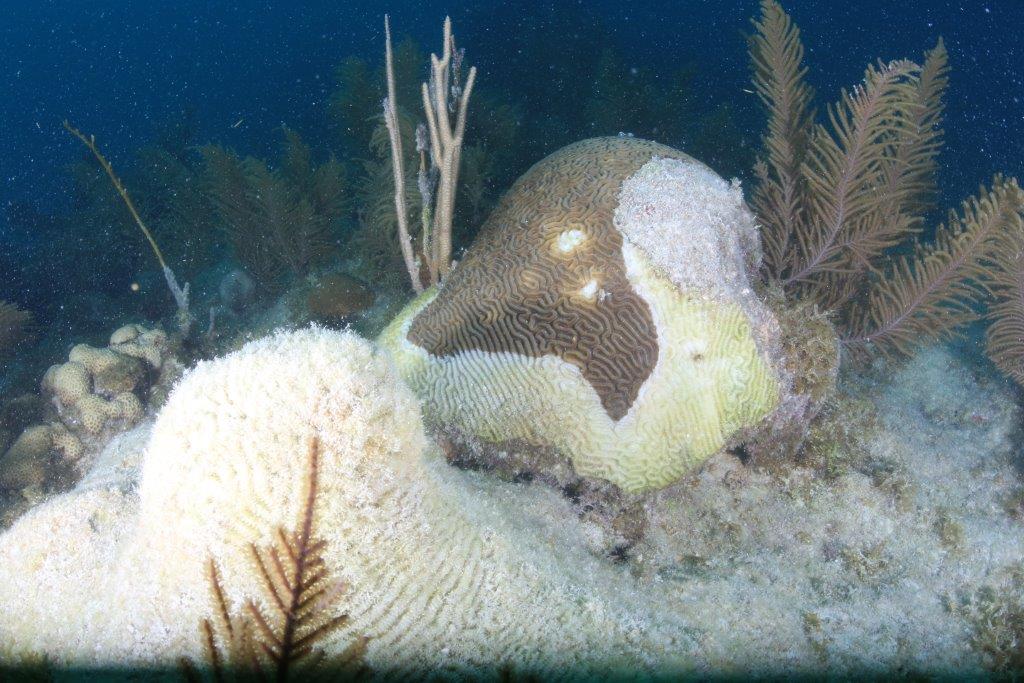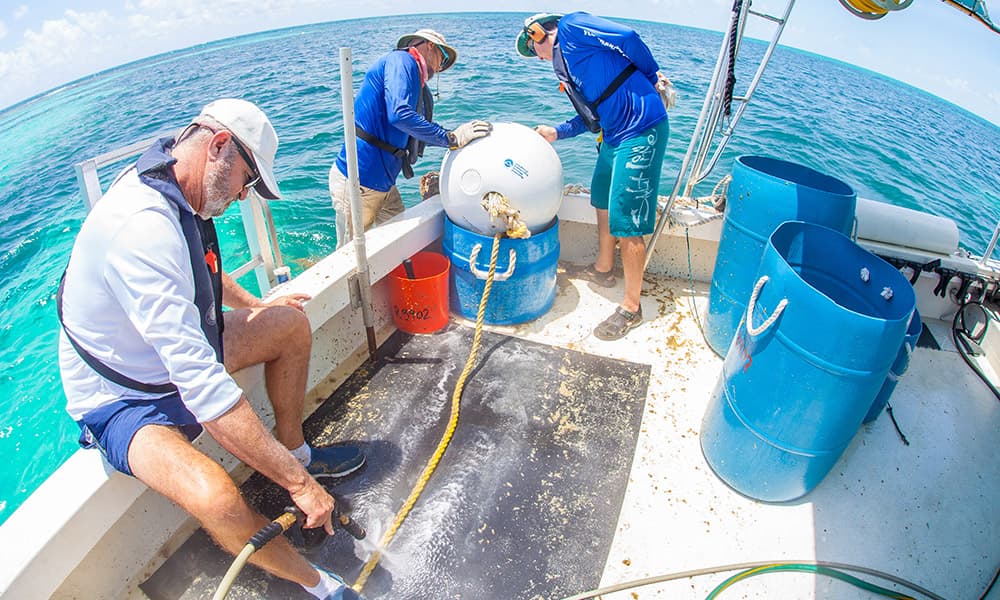Ed Lindelof

My name is Ed Lindelof and I am a senior policy analyst with NOAA's Office of National Marine Sanctuaries. I was first introduced to working on sanctuaries in the Keys back in the late 1970s - early 1980s when I was working for Dr. Nancy Foster, one of the early directors of the young and emerging program that would develop into the Office of National Marine Sanctuaries. Even at that time we had a strong partnership with the state of Florida managing Key Largo National Marine Sanctuary, which was designated in 1975.
The need to protect important coral reef and marine areas and to strike the right balance of protection, use, and enjoyment, along with a series of unfortunate large vessel groundings in the Keys in the late 1980s, demonstrated the fragility of the coral reef and the need for protection.
In response, Congress acted and on November 16, 1990, the Florida Keys National Marine Sanctuary and Protection Act designated the waters around the Florida Keys as a national marine sanctuary. After an extensive and very public process that was frequently fraught with serious differences of opinion, values, and controversy, a management plan and strategy for implementing regulations were finalized in 1997.
In retrospect, I think it is safe to say some management approaches hit the mark, some were less effective than we anticipated (and need modification), and for some problems we should have been more proactive and taken stronger measures. Thirty years later these underlying concerns and debates about resource loss, quality of life, economic viability, and the balance of these values continue to be important and are still continuing to play out.

While there have been management successes in Florida Keys National Marine Sanctuary, the need for continued action is based on widespread, acute, chronic, and emerging threats to marine resources in the Florida Keys. The existing regulations, marine zones, and management plan activities designed and implemented by the sanctuary in the mid-1990s are no longer sufficient to ensure long-term resource protection and ecosystem function into the future.
This assessment is based on the 2011 condition report, which concluded that resources in the Florida Keys appeared to be in fair to fair/poor condition and are generally either stable or in decline, and that emerging threats to sanctuary resources include invasive species, climate change, increasing coastal and visitor populations, increased recreational use, hurricanes, and coral reef diseases.

An important effort to update sanctuary management began in August 2019, when NOAA put forth a discussion of alternative management approaches for public review – "The Blueprint for Restoration." The Blueprint is the result of almost seven years of work, dozens of public meetings, and coordination with the Sanctuary Advisory Council, stakeholder-based working groups, and several state, federal, and local agency partners. The Blueprint also reminds people of the interplay between the marine environment and the economy.
An obvious fact is that the quality of the marine environment and the economic health of the Florida Keys are inextricably linked.
The Florida Keys supports more than 77,000 residents and approximately 5.5 million visitors, who collectively contribute $4.7 billion to the local economy. Approximately 60 percent of the Florida Keys economy is tied directly to marine-related activities, including commercial and recreational fishing, boating, diving, wildlife viewing, and other various tourist-related activities.
A declining marine environment puts the economy and jobs at risk.The economic basis of these businesses is the existence and maintenance of a healthy marine environment. Because of the economic importance of these resources, for 30 years the sanctuary has always tried to support actions that will result in the long-term viability of the economy and the resources.
In my opinion, the following components of sanctuary management have emerged as particularly important and will help us move forward in achieving a healthier marine environment and economy in the Keys. Click on the links to learn more about each.
- Sanctuary Advisory Council
- Use of Marine Zones
- Research and Monitoring
- Education and Outreach
- Mooring Buoys and Markers
For the Future:
It is my view that Florida Keys National Marine Sanctuary continues to be in excellent hands. I know the staff well and have worked closely with many over the years. They are a very capable and dedicated group of people who want to do right by the Florida Keys. A number of them are well-known experts in their field. As an example, anywhere you go in the world, the sanctuary mooring buoy program is considered the "gold standard" for protecting reefs from damage caused by boat anchors. And in many places where there are mooring buoys, it was Florida Keys National Marine Sanctuary that provided the technical assistance to make it happen.

We are all very fortunate to have sanctuary leadership that leave their ego and logo at the door. They listen to the community and strive to find real solutions -- approaches that actually work and will forward the mission of Florida Keys National Marine Sanctuary to help restore the marine resources of the Florida Keys.

